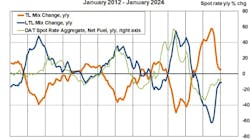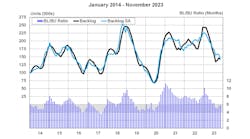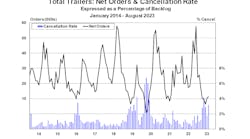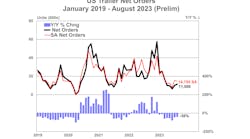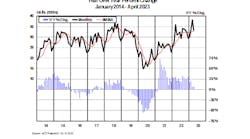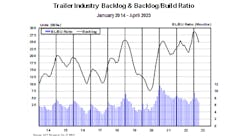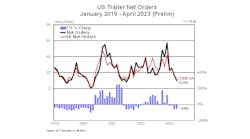Heading toward a record 78,000 total trailer registrations in 2007, the East European market for heavy truck trailers is projected to peak in 2008 with 82,000 and 2009 with 87,000.
It is assumed that a slowdown in Western European economies after 2010 will result in a slight fall in Eastern Europe at the same time. However, this will only be a temporary hiatus, and the eastern markets will be setting new records for vehicle demand by the middle of the next decade.
“These markets will grow for a very long time,” said Gary Beecroft, director of CLEAR, a consulting group working with companies active in automotive and transport markets. “It took Spain 15 to 20 years to reach the level of trailer utilization seen in the rest of the EU when it joined. However, the growth in the future will be relatively modest compared to that seen from 2000 to 2006.”
The growth in Eastern Europe has resulted in a shortage of axles in the West, which will cap European production in 2007 as a direct result.
In 2000, the East European market for heavy truck trailers was only a little bigger than that of France. However, by 2004 it was more than twice as big.
Many transport business are setting up shop in Eastern Europe to take advantage of the lower cost base. However, for international transport, they need modern haulage equipment, including the latest trailers. The figures above show only registrations of brand new trailers - there is also a market for imported used trailers from Western Europe, which in many countries is as large as the new vehicle market
The largest markets in order of size are Russia, Poland and Turkey, with these three accounting over 60% of the regions demand. Poland in particular has witnessed the highest rate of growth. The market in Russia and Poland is now as large as the biggest West European markets with the exception of Germany.
